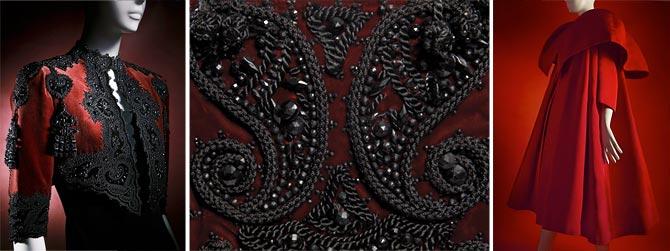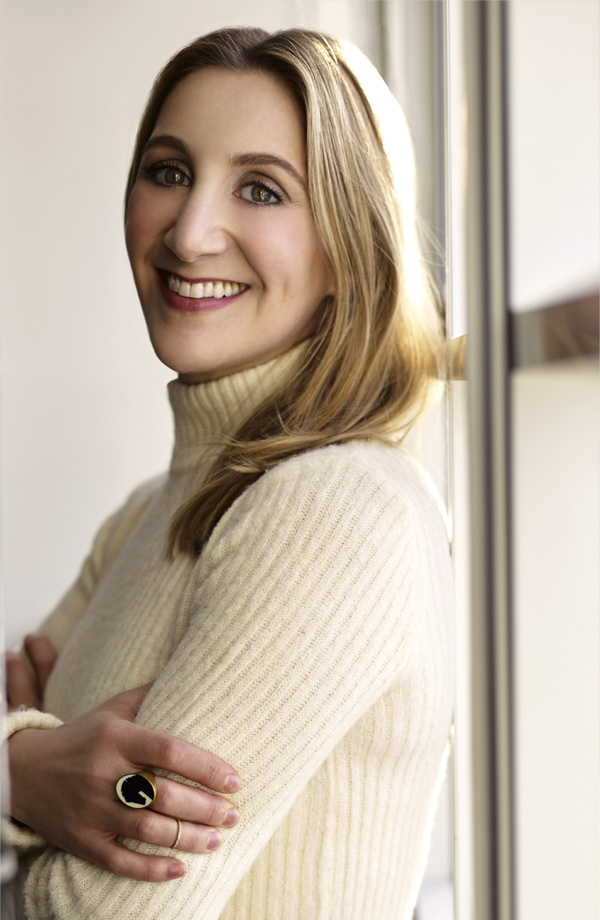Left: Bolero of garnet velvet and black jet embroidery, winter 1947. Collection of The Costume Institute of The Metropolitan Museum of Art. Photograph by Craig McDean. Center: Detail of evening bolero jacket of burgundy silk velvet and jet and passementerie embroidery by Bataille, winter 1946. Collection of Hamish Bowles. Photo by Kenny Komer. Right: Scarlet silk ottoman evening […]
Left: Bolero of garnet velvet and black jet embroidery, winter 1947. Collection of The Costume Institute of The Metropolitan Museum of Art. Photograph by Craig McDean. Center: Detail of evening bolero jacket of burgundy silk velvet and jet and passementerie embroidery by Bataille, winter 1946. Collection of Hamish Bowles. Photo by Kenny Komer. Right: Scarlet silk ottoman evening coat with capelet collar, autumn/winter 1954–1955. Collection of The Costume Institute of The Metropolitan Museum of Art. Photograph by Craig McDean
How can you leave the streets of San Francisco and quickly enter into a piece of Heaven?
My answer, a visit to Balenciaga and Spain at the De Young. In all honesty, there are no words to explain how visually exquisite this exhibition was.
My eyes couldn’t take in all the beauty. The integrated textiles, details, and fusion of intense design in which all these garments were created shows what an incredible genius Cristóbal Balenciaga was and still lives on in our everyday design esthetics.
Cristóbal was quite the jet-setter for those days and those long trips abroad offered him access to textiles and trades from India, Germany, and China by way of the Philippines. The inspiration lead to experimentation that brought together rich color, conscientious hand, and visual details to his creations.
There were many moments that I stood in complete awe of Balenciaga’s world and mind.
It’s incredible to imagine what more he could have done now that we have unlimited access to trades and textiles from around the world?



